Millions of Webpages to be Edited… in less than 365 days
My mother always taught me that the only way to improve writing was to actually write. And the “improvement” part came from editing work to see the missteps, improper descriptions, grammar issues, etc. And I never liked editing.
Glad to don’t work in higher education IT or marketing…
In early 2024, the U.S. Department of Justice updated Title II of the Americans with Disabilities Act to include new technical standards for digital content. This move has significant implications for public colleges, which must ensure their websites, course materials, and online platforms fully comply with these standards. While most institutions agree that accessible content benefits all learners, meeting these requirements poses a range of challenges.
One of the primary hurdles is the sheer volume of existing digital content. Colleges must review and remediate thousands of documents, videos, podcasts, and webpages. “Remediate” in this context means identifying accessibility barriers and fixing them so that the content can be used by everyone. For example, a PDF document might need to be converted into a more accessible format with proper heading structures for screen readers, or an online lecture video might require the addition of captions and transcripts. This can also include providing descriptive alternative text for images, ensuring that all links have meaningful descriptions, and reformatting tables so that they can be navigated logically by assistive technologies.
This is a time-intensive process, often complicated by legacy files that have not been maintained to current standards. Additionally, it may require extensive manual work, making it difficult for understaffed departments to keep pace.
Technical know-how is another issue. Creating and maintaining accessible content demands expertise in areas such as captioning, alternative text descriptions, proper coding structures, and document formatting. Many faculty and staff members have little experience with these specific techniques, requiring widespread training and possibly the hiring of dedicated accessibility specialists.
Budget constraints also come into play. Implementing comprehensive accessibility measures involves investments in software tools, external auditing, professional development, and ongoing support. Smaller institutions, or those already grappling with tight finances, may struggle to find the resources necessary to achieve and maintain full compliance.
Meanwhile, the standards themselves continue to evolve. Colleges must not only fix current content but also anticipate future updates. By addressing accessibility issues now, public colleges ensure that all students, regardless of disability, receive equitable access to high-quality educational materials.
This all will require a lot of pens with red ink… just like Mom’s.


